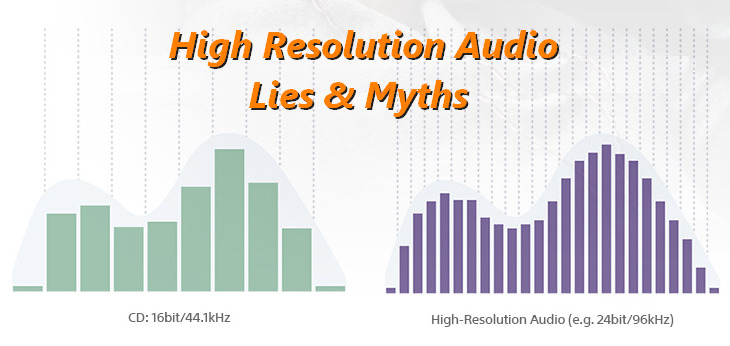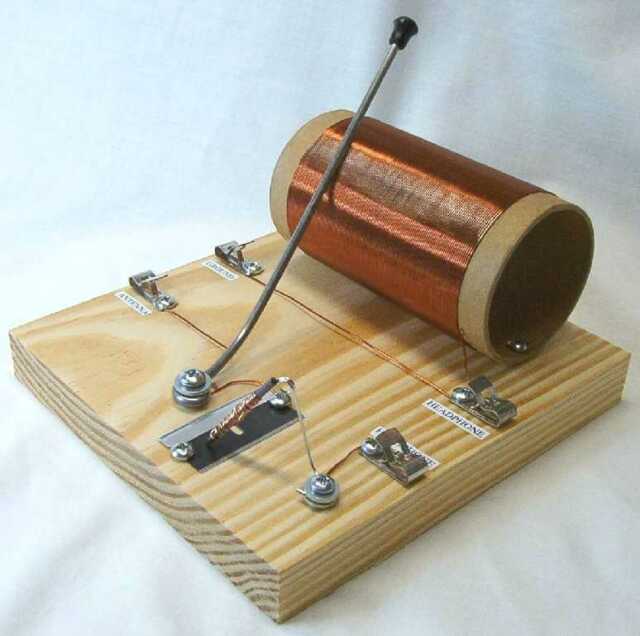I don’t mean to start a flame war nor a long contentious discussion about the merits of high resolution versus CD resolution or, god forbid, MQA rather I’m trying to find out if my understanding of the function of bit depth is somehow wrong or flawed. I’ve also done online research and the internet is just filled with flat out incorrect information so please double check all your information sources before posting a link. Thanks!
So here is how I understand bit depth, as opposed to sampling frequency - which I think I understand correctly. Please do not nit pick my choice of words but rather focus on the overall concept that I’m trying to explain and grasp.
The bit depth is used to enable a range of values for the amplitude of a given sampled frequency - the higher the bit depth, the greater the range of values available for the frequency. And this in turn gives the different dynamic range available for a different bit depths. For 16 bit the maximum dynamic range is 96dbB and for 24bit the maximum dynamic range increases to 144dB.
Now comes the trick part - dynamic range is a function of the audio signal being recorded and not the bit depth of the file. What I mean is that if the music itself is very quiet like a classical piano trio then that music may only have a dynamic range of 70dB or less (the range from silence to loudest passage in the music). I am also over simplifying since I’m leaving out things like noise floor, to name but one.
So in the case of a quiet piano trio going from 16bit/44.1kHz to 24bit/44.1kHz is not going to increase the dynamic range of the music.
Now I also understand that there other reasons for using 24bit versus 16bit, especially during the recording, mixing and mastering of the music, but I’m strictly talking about the end result, aka the file that we actually listen to.
My very simple analogy is to that of a shipping crate - a bigger crate means that one can fit more items or a bigger item in the crate. So bit depth is the size of the crate. And in this analogy the audio or music would be the item that goes in the crate. Now just as putting a given item into a bigger crate does not increase the size of the item, so putting a given audio/music signal/recording into a file with a greater bit depth does not increase the dynamic range of the music.
All of the above leads me to believe that calling a 24bit/44.1kHz file “high resolution” is simple marketing BS. Notice I’m not daring to go near the sampling frequency discussion since I believe that area is not as cut and dried as the bit depth area.
Please feel free to correct me but if you reference any article that shows anything like this and claims that it’s true, I will simply ignore it since I’m trying to understand what actually going on and I’m not interested in marketing BS:
Thanks in advance and please let’s try and keep the discussion on a civil tone.

